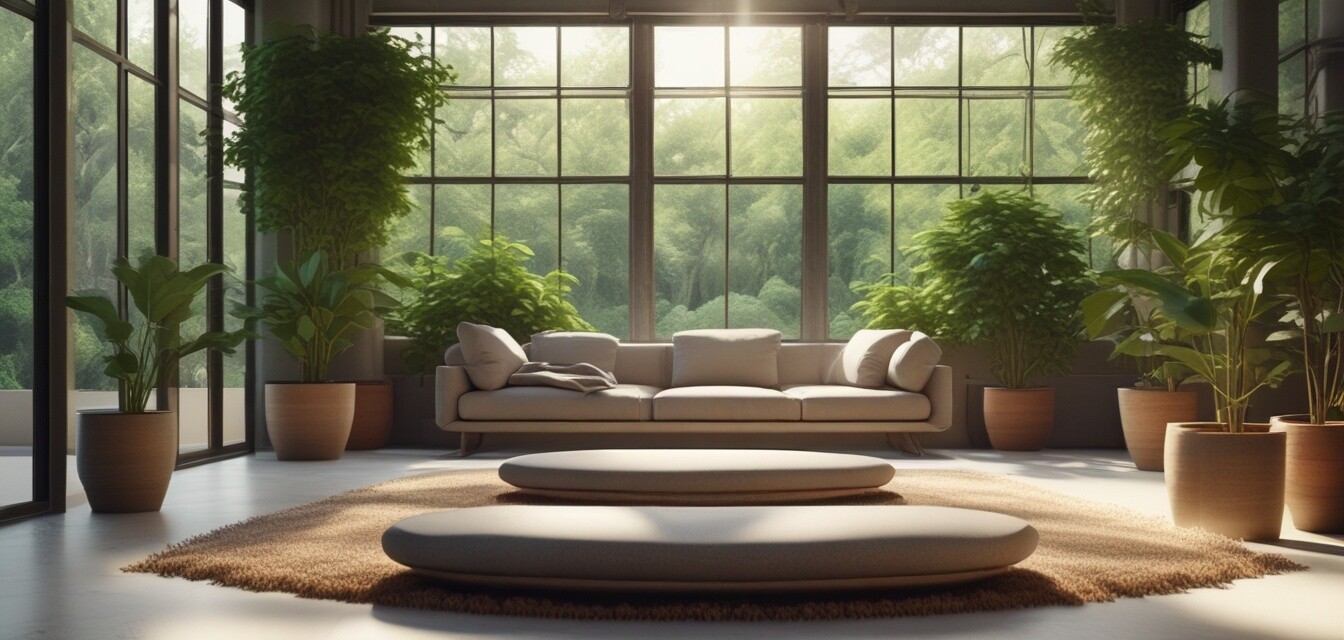
The Importance of Environment in Meditation
Key Takeaways
- Your surroundings significantly affect your meditation practice.
- A calming environment enhances focus and relaxation.
- Simple changes can optimize your meditation space.
- Natural elements can boost the overall atmosphere.
- Consistency in setting can establish a deeper practice.
When it comes to meditation, the environment you choose can greatly influence your ability to focus and relax. Creating a conducive space helps in cultivating mindfulness and enhancing your overall experience. In this article, we will explore how your surroundings can affect your meditation practice and share practical tips on optimizing your space.
Why Environment Matters in Meditation
Every element in your meditation space, from colors to sounds, plays a role in shaping your experience. It affects your ability to concentrate and settle into your practice. A well-thought-out environment can:
- Minimize distractions
- Encourage a deeper connection to the practice
- Enhance relaxation and mindfulness
- Support consistency in your meditation routine
Factors to Consider in Your Meditation Space
| Factor | Description |
|---|---|
| Lighting | Utilize natural light or soft artificial lights to create a soothing environment. |
| Noise | Choose a quiet space to minimize disturbances or consider gentle background sounds. |
| Comfort | Incorporate comfortable cushions or chairs that support a relaxed posture. |
| Clutter | Keep the space tidy and free from distracting objects. |
| Temperature | Ensure the space is at a comfortable temperature to maintain focus. |
Tips for Optimizing Your Meditation Environment
Creating Your Ideal Space
- Select a dedicated area that is used solely for meditation.
- Incorporate natural elements such as plants to promote tranquility.
- Utilize calming colors like blues and greens to create a peaceful ambiance.
- Consider using aromatherapy or candles to enhance the scent of your space.
- Use blankets or warm throws for added comfort during longer sessions.
- Keep a mindfulness journal nearby to track your progress.
Natural Elements to Enhance Your Space
Integrating natural components into your meditation area can bring a sense of grounding and balance. Here are some suggestions:
- Plants: Incorporating greenery can improve air quality and provide a calming effect.
- Natural light: Whenever possible, position your meditation area near a window.
- Natural materials: Use wooden structures, stones, or fabrics to create an organic feel.
Examples of Meditation Spaces
To better illustrate how your environment can affect meditation, consider the following examples:
| Environment Type | Effect on Meditation |
|---|---|
| Busy, cluttered room | Can create stress and distractions leading to difficulty in focusing. |
| Quiet outdoor space | Promotes a deep sense of peace and connection to nature. |
| Softly lit indoor area with plants | Encourages relaxation and enhances the feeling of safety and comfort. |
Consistency in Your Practice
Creating a consistent space for meditation can significantly deepen your practice. By returning to the same environment, you establish a mental connection that signals it's time to meditate. Consider dedicating a specific time and space for your sessions, as this predictability strengthens your focus and commitment.
Conclusion
Your meditation experience is heavily influenced by your environment. By making simple adjustments and optimizing your space, you can foster a climate conducive to mindfulness and relaxation. Whether you are just starting out or have been practicing for years, paying attention to these details can enhance your overall experience. For more insights on creating a mindful space, check out our resources on meditation cushions and aromatherapy tools to complement your practice.
